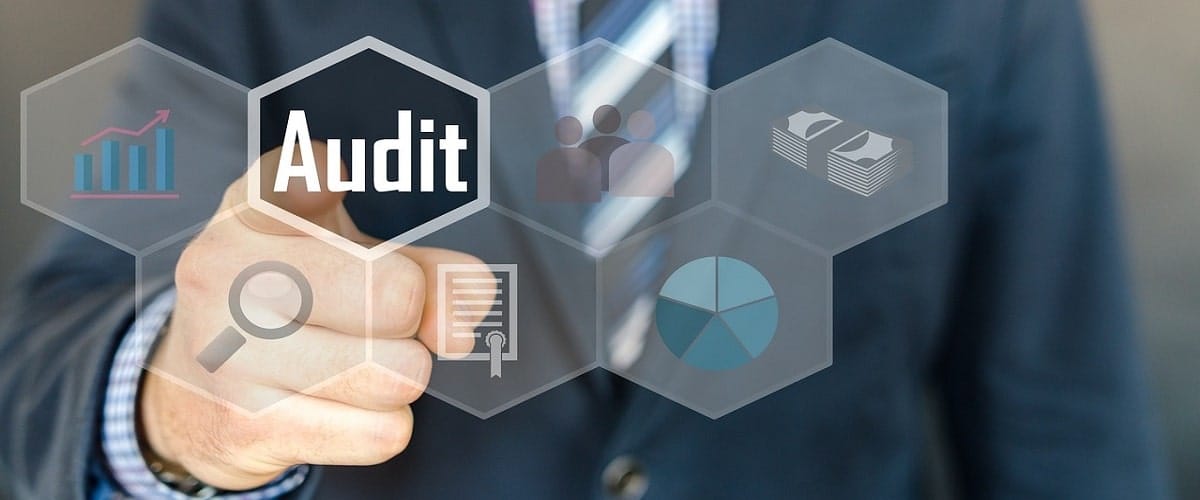Backlinks are one of the most important aspects of SEO. They help you rank higher in search engines, and they also help your website appear more authoritative to potential customers. In order to get the most out of your backlinks, it is important to perform regular audits. In this blog post, we will discuss why, when and how to audit your website’s backlinks. We will also provide some tips for getting the most out of your backlink audits and their many benefits.
What is a Backlink Audit?
A backlink audit is simply a process of reviewing all the backlinks pointing to your website. This can be done manually, or you can use a tool like Ahrefs to automate the process. During a backlink audit, you will want to check for things like:
- The quality of the websites linking to you
- The anchor text being used
- Whether or not the links are dofollow or nofollow
- The “relevance” of the websites linking to you
By checking for these things, you can get a better idea of the overall quality of your backlinks. You can also use this information to help improve your website’s SEO.
Why Should You Audit Your Backlinks?
Backlink audits offer plenty of valuable information that you can use to improve your website’s SEO. But why should you audit your backlinks? Let’s check out some of the top reasons to perform this type of audit on your website.
1. To Keep Track of Your Link Profile
Your link profile is the collection of all the backlinks pointing to your website. This includes both good and bad links. It’s important to keep track of your link profile because it can give you insights into the health of your website’s SEO. If you see a sudden drop in the number of backlinks, or if you see a lot of new low-quality links, then this could be an indication that something is wrong.
A backlink audit can help you keep track of your link profile and ensure that it is healthy.
2. To Remove Bad Links
As we mentioned before, your link profile includes both good and bad links. Bad links can hurt your website’s SEO in a number of ways. They can lower your search engine rankings, and they can also make your website appear less authoritative to potential customers.
A backlink audit can help you identify bad links so that you can remove them from your website. This will improve the overall health of your link profile and help improve your SEO.
Bad links can be removed by using the “disavow” tool in Google Search Console.
3. To Improve Your Anchor Text
Anchor text is the text that is used to link to your website. It is important to use relevant keywords, anchor text because it can help improve your website’s SEO. During a backlink audit, you can check the anchor text being used to link to your website. If you see a lot of irrelevant or low-quality anchor text, then you can take steps to improve it.
One way to improve your anchor text is by using the “nofollow” attribute. This attribute tells search engines not to follow the links pointing to your website. By using this attribute, you can control the anchor text being used to link to your website.
The “nofollow” attribute can be added to links by using the “rel” attribute.
When Should You Audit Your Backlinks?
Now that you know why you should audit your backlinks, let’s take a look at when you should do this type of audit. There are a few different times when it is a good idea to audit your website’s backlinks:
- After a website redesign
- After a Google algorithm update
- When you receive a manual penalty from Google
- When you notice a sudden drop in traffic or Rankings
How to Perform a Backlink Audit
Now that we’ve covered the basics of backlink audits, let’s take a look at how to actually perform one on your website. Here are the steps:
Step #01: Collect All the Backlinks to Your Website
The first step is to collect all the backlinks pointing to your website. This can be done manually, or you can use a tool like the Ahrefs Backlink Checker to automate the process.
Step #02: Analyze the Quality of the Websites Linking to You
Next, you will want to analyze the quality of the websites linking to you. This can be done by checking things like:
- The Domain Rating (DR) of the websites linking to you
- The Citation Flow (CF) of the websites linking to you
- The Trust Flow (TF) of the websites linking to you
By checking these metrics, you can get a better idea of how “trustworthy” the websites are that are linking to you.
Step #03: Identify Bad Links and Disavow Them
Once you have analyzed the quality of the websites linking to you, it’s time to identify any bad links. Bad links can be removed by using the “disavow” tool in Google Search Console. This tool allows you to tell Google not to count certain links when determining your website’s SEO.
To use the disavow tool, simply upload a file that contains all of the bad links that you want to remove. Google will then ignore these links when determining your website’s SEO.
That’s it! These are the basics of backlink auditing. By following these steps, you can improve the health of your link profile and improve your SEO.
Final Thoughts
Backlink auditing is an important part of website maintenance. By regularly auditing your backlinks, you can improve the health of your link profile and improve your SEO. Once you finish your backlink audit, why not help your website thrive with new high-quality backlinks? Contact Ana Maria from Outreach Bee for backlink-building assistance today!



The Overlooked SEO Power of Social Media Backlinks
What Is Link Bait? A Complete Guide with Examples and Ideas